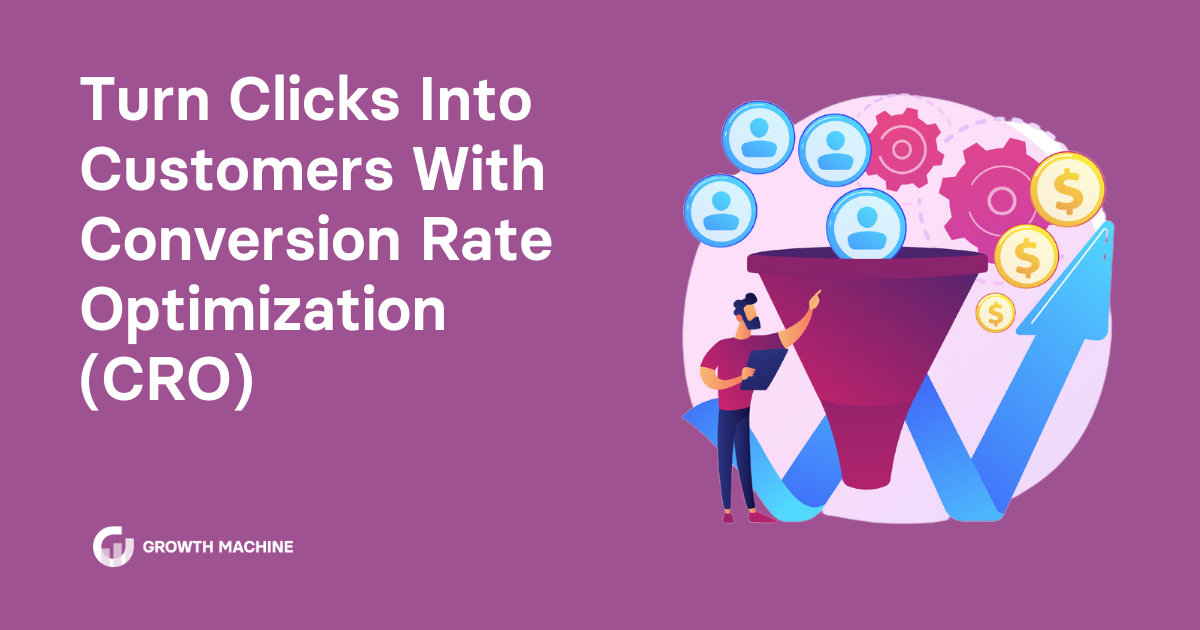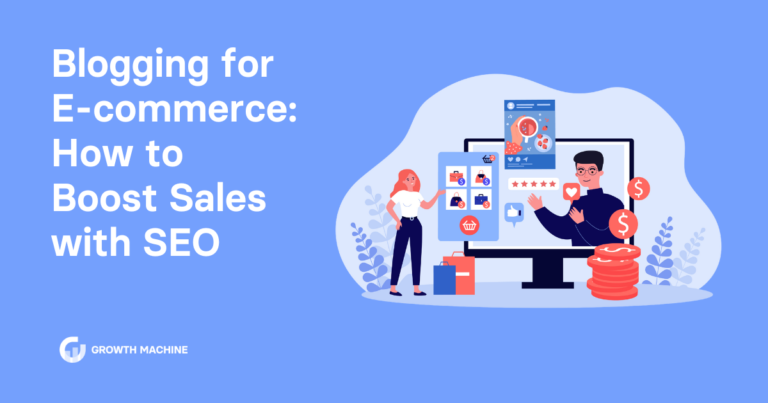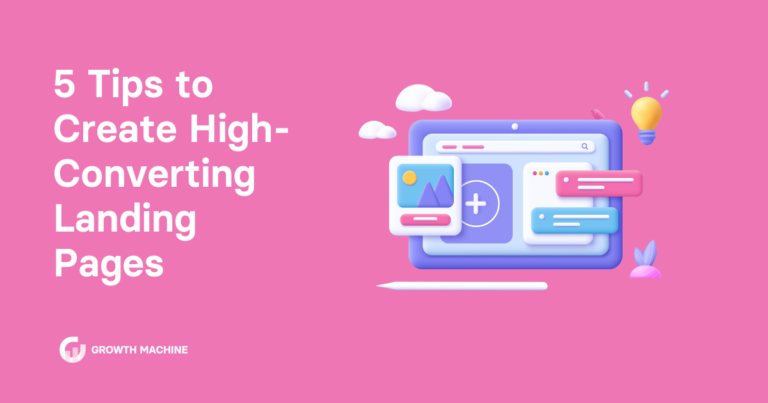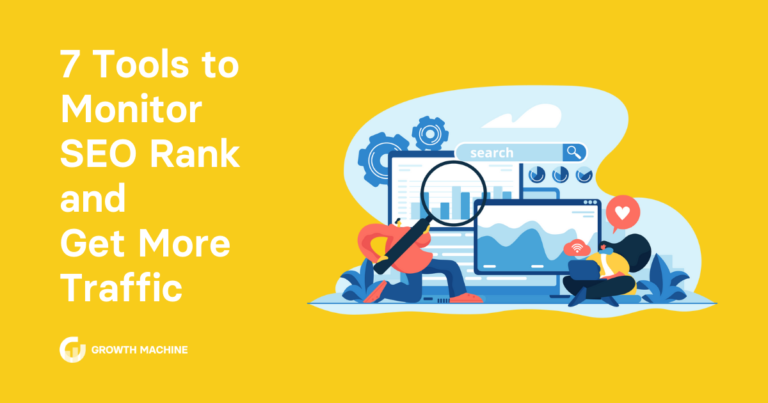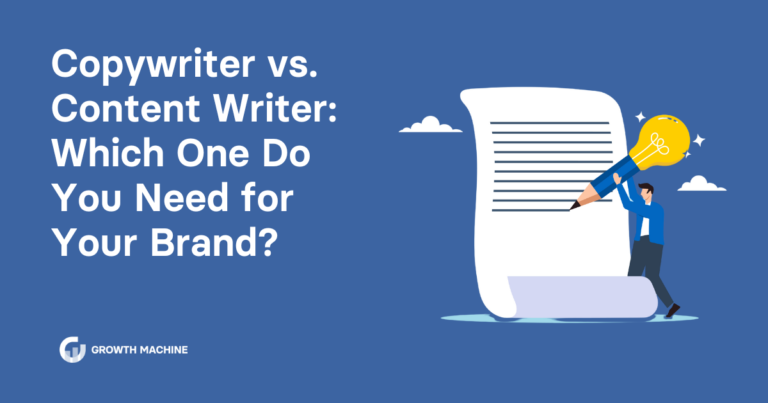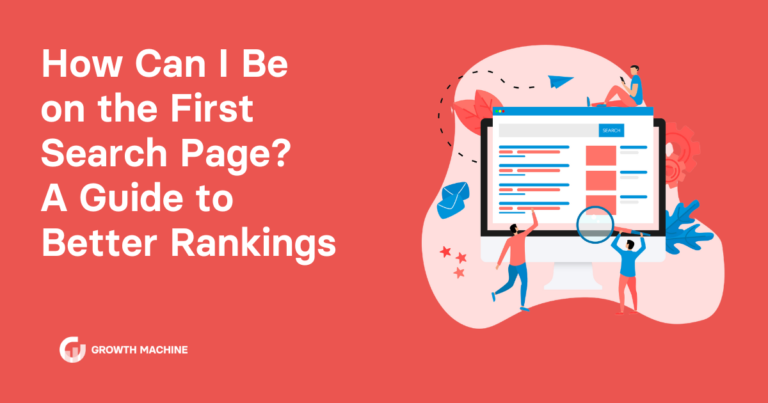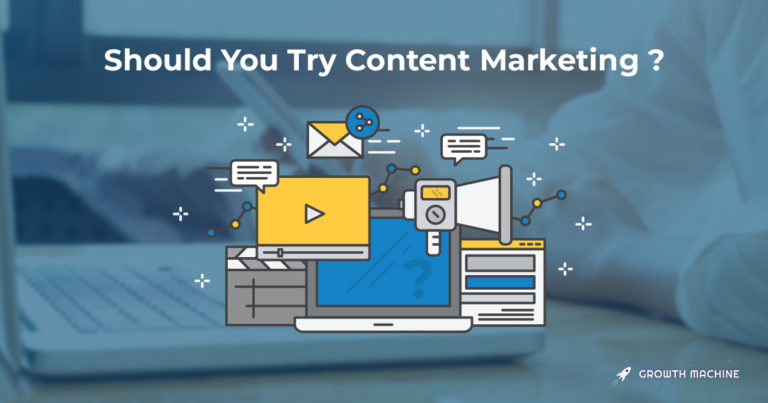Turn Clicks Into Customers With Conversion Rate Optimization (CRO)
You’ve spent a lot of time building a website, posting on social media, and sending emails to your potential customers. But what if, even after all that hard work, people still aren’t biting?
Whether you’re trying to launch a fledgling business or just want more folks to buy what’s in their shopping carts, conversion rate optimization (CRO) will take your biz to the next level. The right CRO strategy converts more of your website traffic into actual sales, so it’s worth your time, whether you’re creating a new brand or taking your existing company up a notch.
The CRO process is a discipline with many moving parts. Fortunately, you have the power to maximize your website conversion rate with a few adjustments to your digital marketing strategy. Check out this guide to learn how CRO works and how to combine it with search engine optimization (SEO) for a jaw-dropping increase in your number of conversions.
What Conversion Rate Optimization Is (And What It Isn’t)
Conversion rate optimization is a systematic way to get more people on your website to take a specific action (also known as a conversion). That could be buying something, signing up for a newsletter, or taking any other desired action. Unlike other marketing strategies that emphasize awareness and views, CRO focuses on how effective you are at converting visitors, so this is a must-track metric for any business that needs tangible results.
Everybody approaches CRO differently, but it can include:
- Using CRO tools to measure your conversions
- A/B testing
- Installing heatmaps
- Landing page optimization
- Overhauling the user experience
- Adding strategic calls to action (CTAs) to your site
CRO is many things, but it isn’t just about attracting visitors to your homepage. That’s where SEO and content marketing come into play. In this guide, we’ll talk about how SEO and high-quality content draw visitors, but it’s important to recognize that they’re only a piece of your broader conversion rate optimization strategy.
For example, your blogs won’t get many conversions if your website is slow or buggy. Everything has to work together to increase conversions, so think of CRO as a holistic strategy that improves your average conversion rates.
CRO also isn’t a one-and-done item on your to-do list. It requires ongoing experimentation. People, the internet, and the world are always changing, so you must keep up your optimization process to stay on top of these evolving expectations. Otherwise, you’ll have to play catch-up, which could give the competition an advantage — and you don’t want that!
The One-Two Punch of SEO and CRO
SEO and CRO are distinct disciplines, but they’re two sides of the same coin when it comes to building a successful online presence. SEO gets users to your site by improving your visibility in the search engine results pages (SERPs), while CRO converts those website visitors into active customers. If you can learn to use the two together effectively, you’ll create a conversion powerhouse that amplifies your brand performance.
Fortunately, what’s good for SEO is good for CRO, and vice versa. If you want to improve your standing on the search engines and convert more of the folks who visit your site, try these five SEO-centric CRO tactics.
1. Keyword-Driven Landing Page Optimization
Every SEO strategy starts with keywords. The goal is to attract your target audience to specific landing pages using key phrases. That sounds simple enough, but a lot of research should go into choosing your keywords and strategically placing them throughout your landing pages.
Use tools like Google Analytics, SEO tools like Semrush, or even Amazon Search if you have an e-commerce site. These free tools will make it a cinch to find keywords that are both popular and aligned with purchasing intent. What a win!
Keywords in hand, place them in several places on your landing page, including:
- Header and subhead
- Image alt text
- Meta description
- Header tags
Don’t overlook the impact of the meta description here. This is the snippet search engines pull to tease your site content to searchers, so always include relevant search terms—without keyword-stuffing, of course.
2. Persuasive Messaging
Plugging keywords into a landing page is a smart way to attract more search traffic to your site, but that’s just the beginning of your relationship with site visitors. This is conversion rate optimization, so you don’t just want visits, you want action.
Compelling copy is your best shot at getting people to subscribe, buy, or comment. Effective copy captures your audience’s attention, guiding them through the conversion funnel until they take a desired action.
Copywriting is a separate discipline in and of itself, but you can optimize the copy on your site by:
- Creating customer personas to help you understand search intent and pain points.
- Experimenting with headlines. Use CoSchedule’s free Headline Analyzer to pick the snappiest options.
- Adding photos, infographics, audio snippets, GIFs, or videos to your website. Multimedia breaks up the copy for human readers and gives them a richer experience, so be generous with your content formats.
- Highlighting benefits. Listing functionalities is fine, but most people want to know how your product or service improves their lives. For example, instead of saying “72-hour battery life” on a product page for a smartwatch, say “Save time by only charging every three days.”
- Adding social proof and testimonials from real customers.
3. Targeted CTAs
Maybe site visitors aren’t taking action on your site because they aren’t sure what you want them to do next. That’s why calls to action are so critical. They funnel users through your website, making it crystal clear what action they should take. Effective CTAs bridge the gap between casual browsing and decisive action, so this is a must-try CRO content tactic.
Improve the quality of your CTAs by:
- Promoting only one CTA per webpage.
- Using action verbs like “Buy Now,” “Learn More,” “Join Free for a Month,” or “Get Started” that leave no ambiguity about what you want people to do.
- Strategically placing CTAs above the fold.
- Creating a sense of urgency with phrases like, “Offer ends soon.”
- Urging action with incentives like “Sign up now and get 50% off.”
4. User Experience Improvements
If users have a hard time navigating your website, it’s almost impossible to see meaningful gains in conversion rates. The better your site’s usability, the more visitors will convert. And the more people convert, the more search engines will pick up on your site’s quality—and potentially rank you higher in search.
Improve the customer experience by:
- Boosting your website page speed. Do a website speed test with the free Google PageSpeed Insights tool.
- Optimizing your site for mobile devices first. Use responsive design that adjusts to users’ devices.
- Removing potentially irritating elements, like pop-ups or finicky checkout processes.
- Streamlining your site navigation so it uses a logical hierarchy that makes it easy for users to discover what they’re looking for.
- Improving accessibility by following WCAG standards.
When in doubt, ask someone to navigate your website as a user and note areas of friction. Heatmap tools like Hotjar will also highlight these areas, although sometimes it’s still helpful to get a human perspective.
5. Data-Driven Analysis
Both CRO and SEO rely on data to pinpoint what’s working and what needs tweaking. Run CRO tests on all the elements of your site, from keywords to CTAs to the user experience, to find what resonates best with users. Sometimes, something as small as changing the color of a CTA button can reverse your fortunes, so don’t overlook the power of experimentation!
Conduct data-driven analyses by:
- Conducting regular multivariate testing (testing multiple variables at the same time) or A/B testing (checking two versions of a page).
- Checking analytics tools like Google Analytics to understand user behavior.
- Segmenting user data to see how different demographics behave on-site.
- Setting up conversion rate optimization tools like Hotjar to see which parts of your website engage users and which parts are … less than engaging.
- Paying for user testing to get people’s unbiased opinions.
Get Higher Conversion Rates With Content-Driven CRO
You can do conversion optimization until your fingers go numb, but it’s best to spend your energy and resources on CRO strategies that move the needle for your growing business. Combine SEO and CRO to execute strategies that not only attract more visitors from the search engines but also persuade more of them to stick around and engage with your business.
Content is an important part of CRO, but it’s also one of the hardest to execute, especially for busy business owners. If you don’t have ten hours a week to devote to SEO and content (and who does?), go with Growth Machine.
Our team of SEO experts fills in the gaps, managing everything from strategy to optimization to get real, measurable results for your website. Contact Growth Machine today to see how to boost conversions through powerful, SEO-ready content.

